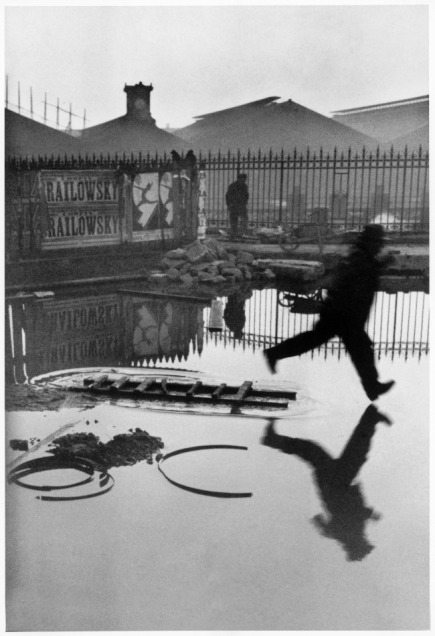civilized ku # 3039-41 / kitchen life # 79 / in situ - life goes on ~ little of this, a little of that
 Friday, January 29, 2016 at 10:13AM
Friday, January 29, 2016 at 10:13AM 
alley with tire tracks and green dumpster ~ Downtown Montreal, QC., CA • click to embiggen

stuff on Japanese tray ~ Au Sable Forks, NY - in the Adirondack PARK • click to embiggen

a fine particulate snowfall ~ vieux port / Old Montreal / Montreal, QC., CA. • click to embiggen
I also believe that I am where I want to be, title wise. As mentioned in yesterdays's entry, I wasn't exactly sure that the pictures fit into a convenient genre descriptor so I wasn't comfortable incorporating the word "street" or "people" photography in a title - by no means were all of the pictures made "on the street" and, while people are featured in every picture, the pictures are more than just about people. So, my title has evolved to be IN SUTI ~ life goes on. All of those issues solved, I'll move on to the next one ... ... traditionally, most, but certainly not all, picturing in the decisive moment / street photography genre is made in B/W. While it's not exactly a comprehensive survey, nevertheless, a Google search using the phrase street photography and then clicking on Images for street photography will demonstrate my point. However, on the image page you will find a sub-category link for color work which demonstrates that the B/W tradition is no longer sacrosanct. It's worth noting that the BW barrier in Fine Art photography was blown all to hell and back with Eggleston's 1976 MOMA exhibition. It is also worth noting that prior to that paradigm shifting event, there were a few picture makers (very, very few) who worked in the street photography genre with the use of color film. Most notable was Saul Leiter whose 1950-60s NYC street photography work has only recently been accepted into the pantheon of all-time great street photography practitioners.
one of these things is not sorta like the other










































